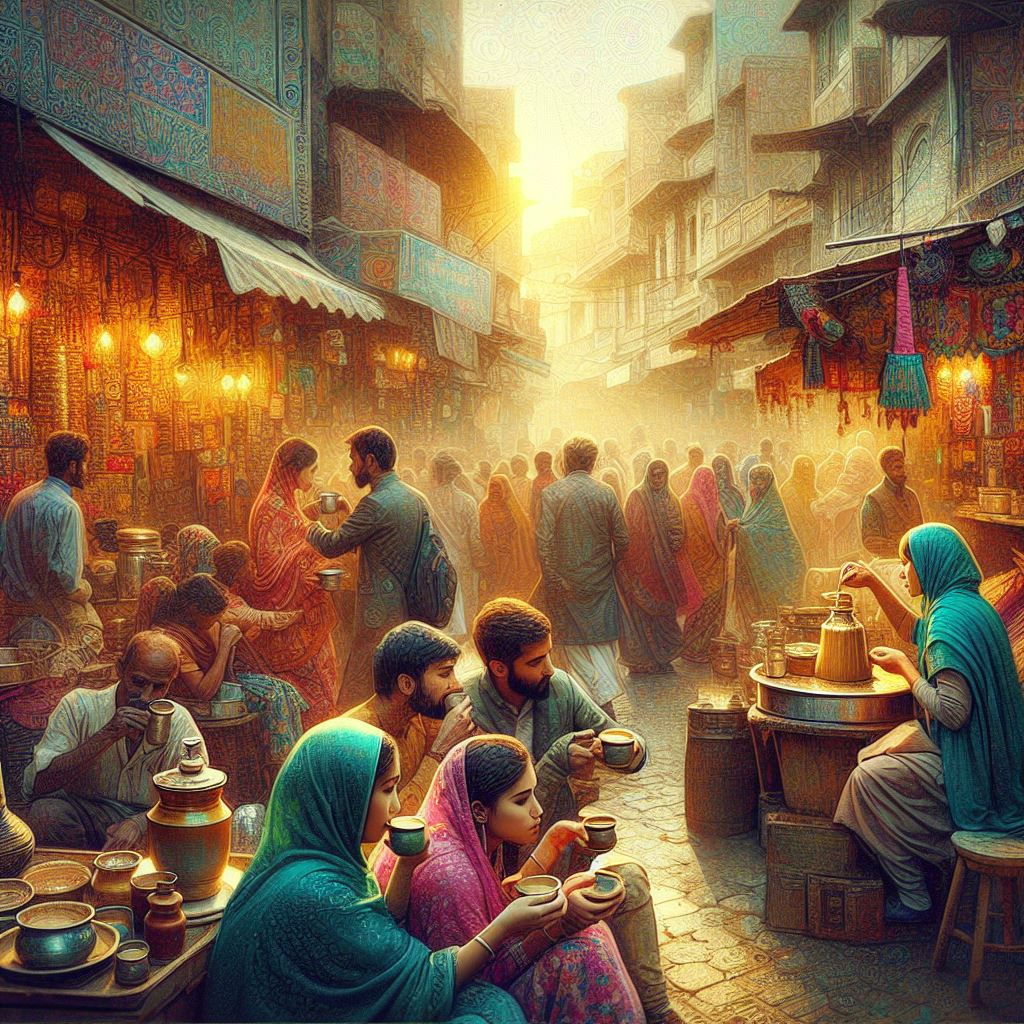In the vibrant tapestry of Indian culture, few elements are as deeply woven as chai. This aromatic spiced tea, often referred to as “masala chai,” transcends its role as a beverage to become a symbol of social connection, cultural identity, and an integral part of daily life.
Chai’s Historical Journey:
The origins of chai can be traced back to the British colonization of India in the 19th century. The British introduced black tea, and Indians, with their inherent love for spices, began incorporating cardamom, ginger, cinnamon, and clove to create a unique and flavorful beverage. Over time, chai became a staple, deeply ingrained in the social fabric of the nation.
The Chai Stall: A Hub for Social Connection:
The aroma of brewing chai is synonymous with the vibrant streets of India. Chai stalls, small, ubiquitous vendors, are not simply places to grab a beverage; they are microcosms of Indian society. People from all walks of life – businessmen, students, families, friends – gather around these stalls, sipping chai, engaging in conversation, and forging connections.
Beyond Conversation: Unspoken Rituals and Regional Variations:
The act of enjoying chai is often accompanied by unspoken rituals and cultural nuances. The way the chai is prepared, served in small clay cups called “kulhads,” and the specific gestures during consumption contribute to the unique experience. Additionally, different regions in India boast their own variations of chai, reflecting local preferences and culinary traditions. From the ginger-infused “adrak chai” of North India to the cardamom-heavy “Elaichi chai” of South India, each sip offers a glimpse into the diverse culinary landscape of the nation.
More Than Just Taste: Building Communities and Strengthening Bonds:
Chai’s significance lies not just in its taste but also in its ability to foster social connections and strengthen bonds. It serves as an icebreaker, facilitating conversations and creating a sense of community. Whether catching up with friends, discussing business deals, or simply enjoying a moment of peace amidst the bustling city life, chai provides a common ground for people to connect and share experiences.
Evolving with the Times:
As India undergoes social and economic changes, chai continues to evolve. While traditional chai stalls remain indispensable, modern cafes and restaurants offer contemporary takes on the beverage, showcasing the adaptability of this cultural icon. However, the core essence of chai – its ability to connect people and symbolize warmth, hospitality, and shared experiences – remains unchanged.
Experience the Magic:
For travelers visiting India, a taste of chai is not just a culinary experience; it’s a window into the heart of the nation. So, pull up a stool at a bustling chai stall, immerse yourself in the aroma and flavors, and discover the true essence of this cultural treasure. The warmth of the cup in your hands, the aroma of spices, and the shared experience with others will undoubtedly create a lasting memory of your Indian adventure.




